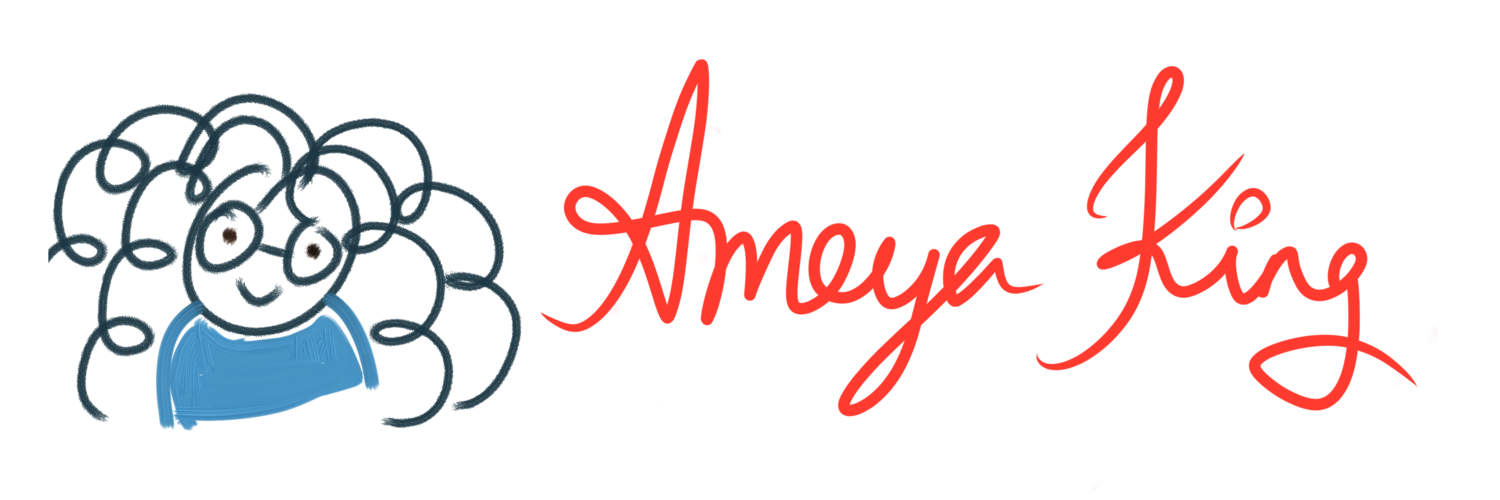Narrative and perspective in choreography
Before I dive into this, I want to express my gratitude for being a part of a dance community, where I not only have so many artists that I look up to and am inspired by, but also so many who are willing to reach out to me, mentor me, and encourage me. My hope is that I pay it forward, through my dance, through dance class, and through my writing.
In last week's post, I had a nugget of a thought on a short segment of Padmabhushan Dr. Vempati Chinna Satyam's choreography for "Kulukaga Nadavaro" that sparked a discussion and discovery over the course of the past few days.
"In Mastergaru's choreography of Annamacharya's Kulukaga Nadavaro, the first sequence of "Kulukaga Nadavaro Kommalara" where the nayika follows the winding path of the palanquin bearers is slow, as if she is sweetly and demurely asking them to move more gently."
I received a message about the use of the term "nayika" in my description of the scene. (NOTE: Since that message, I've updated my original post to say "dancer" instead")
This artist had been told that the narrator was King Akasaraju, Padmavathi's father, not a young maiden, as I had always understood the item. This completely shifts the interpretation now, doesn't it?
When the king is following the palanquin, first slowly, then urgently, that is not just pleading request, but a royal order. I had always understood the narrator to be a devotee, so when the lyrics "Maayammaku" are sung, I understood it as "our Mother," spoken with awe and reverence. But if it's a father saying those words, it's a term of endearment as he refers to his dear daughter.
And, it led me to ask, why is he following the palanquin? Where is it going? Based on the descriptions that followed, she had to be a bride going to her wedding. Why else would a father describe the sweat on his daughter's forehead, the pearls in her hair, her gem-studded footwear? Why else would the last charanam close with "samakooDe vEnkaTESwaruDu mAyammaku"?
Originally, I had a very rudimentary understanding of the meaning, based on the information online. Based on the lyrics, I knew the following:
The narrator adores Alamelumanga
The narrator is very particular about details but equally focused on being kind and understanding to the palanquin bearers
At some point as I practiced this item, I weaved all of those statements together to imagine a young, naive girl earnest following the palanquin bearers, asking them to please take care of her dear Divine Mother. In retrospect, that likely has a lot to do with how I see myself. But what if this was King Akasaraju himself?
Then, those first two points are still true, but the way that is expressed and the relationship with the narrator and Ammavaaru completely changes. He speaks from a position of power, but is still vulnerable, as Padmavathi is literally not in his hands, but the hands of the palanquin bearers.
One of the people I reached out to was Dr. Anupama Kylash, one of my professors at the University of Silicon Andhra. As her doctoral thesis was on Annamacharya's works, I was hoping she could provide some definitive context. Here's her response:
"It is a stand-alone Sringara Sankeertana, so depending on the choreography, anyone, even you or I, could be the narrator. But, according to the Utsava Sampradayam of Tirumala, many times, Annamayya played the role of the father of the bride in Kalyanotsavams. This was written in one such context. He could even simply be another Sakhi, cautioning the more sprightly ones."
There's a lot of information to unpack there, but here are my takeaways:
- If it is treated as a stand-alone piece, there is a lot of leeway as far as "who" is speaking. In that sense, my initial treatment of the "voice" as a young maiden is not "off", but that is based on a very literal translation ("maayamma" being my mother or our mother).
- There are records of Annamayya serving as the father of the bride in Kalyanotsavams
Consequently, if Annamayya is in the role of the father of the bride (as in, King Akasaraju) as he is presenting this song, he is presenting the perspective of the King. However, just because the song was written in the context of a Kalyanotsavam does not necessitate that it was meant in Akasaraju's voice.
Let's pan out on this:
- Context matters: When an item is choreographed, taking the meaning of the piece as a stand-alone piece can provide a set of assumptions that may not withstand additional contextual information.
- Tone matters: The same words and phrases can mean different things, based on how they're said. The tricky thing when we are generations apart from the original composer is piecing together enough information to determine the tone. Fortunately, with Annamayya, a lot has been and continues to be uncovered, as academics do their work.
- Intent matters: When a choreographer works, they are intrinsically making a set of decisions regarding context and tone through their choreographic process. As a dancer, my responsibility is to carry forward their choreographic vision (to the best of my ability), which means understanding what was intended.
The more I think about Kulukaga Nadavaro, the more it seems "obvious" now that Annamayya is speaking from Akasaraju's voice that it's difficult to put myself back in the mindset I was in just at the beginning of this week. But there is not necessarily a "right" answer in all cases.
Art is never in conducted in a vacuum, and especially with traditions as rich as ours, there are a multitude of philosophical, societal, mythological, and symbolic considerations that provide "constraints". And that's a very, very good thing. As Happiness researcher Gretchen Rubin reminded me in her podcast, this week:
“Imagination is often better served by constraint than by freedom.”
